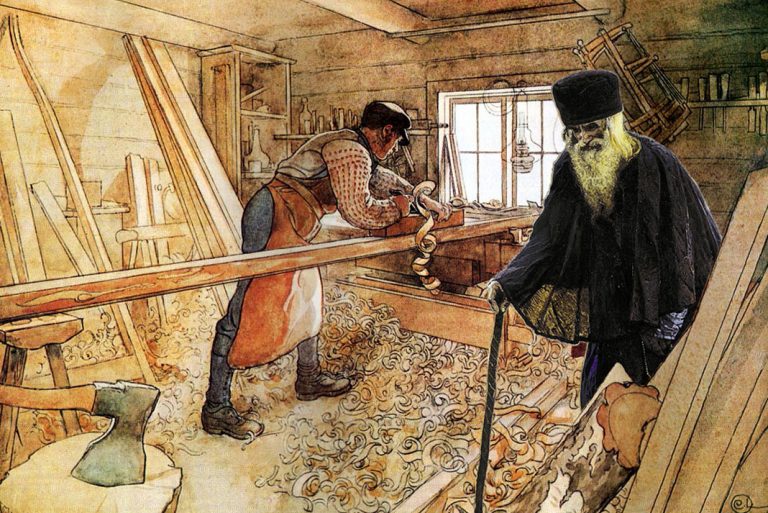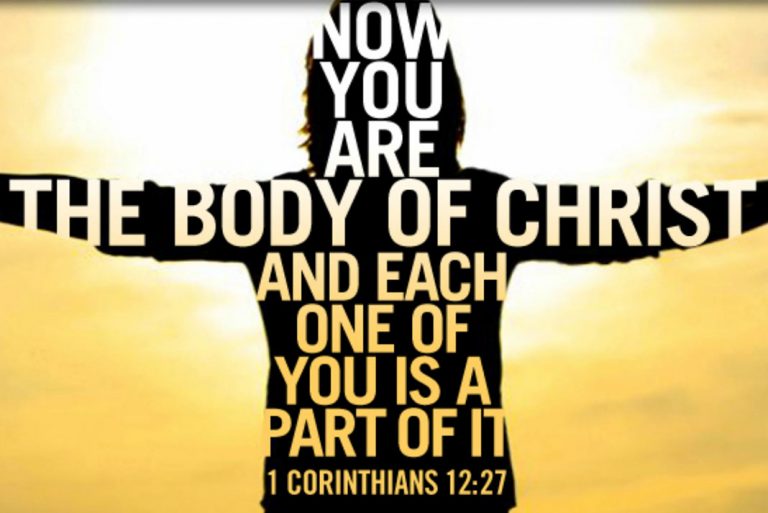© By Adrian Gostick and Chester Elton
The Million-Dollar Question
Is it ever too early to begin thanking your employees? Of course not. In fact, we recommend to start during the interview process.
When you are hiring a new employee, ask the person to share her most memorable work-related recognition moment-when she was honored for above-and-beyond behavior. Not only is this a great way to uncover an applicant’s strengths, but also can give you an idea of what types of rewards will be valued by this person in the future. Ask what she did to earn the reward, what she received and how it made her feel.
(Sorry, but if the potential employee says something odd, such as receiving a jug of moonshine for winning the Miss Burley, Idaho, pageant, we couldn’t begin to tell you what you do with that information.)
Next, use recognition soon after the employees starts on the job to buoy morale. Most people, after all, begin a job with a desire to succeed and achieve. Just consider the jobs you’ve had in the past. Remember your first days. Did you ever begin one of these new positions by trying to find ways to cut corners or shirk your responsibility? Of course not. Almost everyone who starts a job is pumped, hoping this will be the company to (finally) meet their needs.
But the first 90 days are critical. If the job doesn’t meet an employee’s personal needs in the first three months, morale declines sharply.
Great managers know that it’s much easier to keep motivation alive and build on it than to let it die and then try to revive it. So they determine early in a person’s employment what motivates that individual—and provide the type of recognition that person craves.
And we’ve found that one of the most effective ways to find out what motivates an employee is to … ask. We recommend meeting privately with new employees during their first weeks. You may wish to begin the discussion by saying something like, “Since you are going to be a vital part of our team, I want to be able to express my appreciation for your extra efforts. When it’s your time to be recognized, I want to provide it in the style you like best.”
Then ask a few questions such as:
What type of celebration do you prefer?
- Private … a sincere thank you without a lot of attention from co-workers, maybe over a lunch
- Informal … recognition from my manager at a staff meeting in front of peers
- Formal … an award celebration with co-workers and guests
What recognition gifts do you like?
(Here are a few examples to spark the conversation)
- Dinner for two
- Attending a training class or seminar
- Spa gift certificate
- Music CDs or tapes
- Book by favorite author
- Tickets to a ball game
- Tickets to the theatre, ballet, symphony
- Opportunity to work on a high-profile project
- Time off
- Other: _____________________
These are just a couple of the questions we recommend (for a complete list pick up The Invisible Employee.) And of course, this meeting is just the beginning. Getting to know employees requires consistent, daily interaction. But this simple interview gives you a head start. The interview itself is a form of recognition of an employee’s potential. And the knowledge you glean will allow you to follow up with appropriate recognition during the very first months of employment.
So, remember—when in doubt—go ahead and ask. It could be worth millions in productivity.
Today’s Carrot A Day: Rewards While You Are Gone
When you travel, there are most likely people who fill in for you. One supervisor we talked with at a manufacturing company found a way to thank his only employee when he was on the road.
“I had a staff of six a few years ago. Now, since we are all doing more with less, there are only two of us left. So, it’s more important than ever to recognize,” he said. “With my employee, I understand her as an individual. For example, a simple thing, but she loves chocolate chip cookies.”
So when the supervisor went on a week-long business trip, he left her $5 and a note. The cash—the note explained—was to buy a fresh-baked cookie from the cafeteria each day as a thank you. Said the manager, “She’s stuck in the office, picking up the slack, while I’m traveling, so I want to make sure that every day some recognition is happening.”
Adrian Gostick and Chester Elton are the acclaimed authors of the Wall Street Journal and BusinessWeek best seller “A Carrot A Day.” Their new book, “The Invisible Employee,” can be ordered on amazon.com or barnesandnoble.com today. To learn more go to carrots.com.








